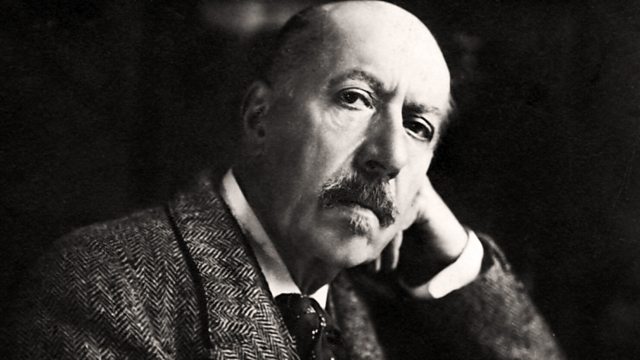Introduction – Charles-Marie Widor (1844–1937) is best known as a towering figure in French organ music. His contributions to organ composition helped shape the instrument’s role in both liturgical settings and concert halls. As the chief organist at the prestigious Church of Saint-Sulpice in Paris for nearly 64 years, Widor was at the forefront of the French symphonic organ tradition. His works, rich in complexity and drama, continue to inspire organists worldwide. In this article, we explore five of Widor’s greatest compositions that showcase his technical mastery, artistic depth, and lasting legacy.
1. Symphonie pour orgue No. 5, Op. 42 (1879)
The Symphony No. 5 is Widor’s most famous work, particularly its final movement, the majestic Toccata. This piece is often played at weddings and grand ceremonies, earning its place as one of the most iconic organ compositions of all time. The Toccata combines rhythmic drive with triumphant chords, creating a powerful and uplifting experience. The entire symphony is filled with contrasts, moving from contemplative sections to dazzling virtuosity, highlighting Widor’s ability to make the organ sound symphonic.
Highlights: The finale, Toccata, is the most celebrated organ piece in Widor’s repertoire, often performed independently due to its brilliance and festive nature.
2. Symphonie gothique, Op. 70 (1895)
Widor’s Symphony No. 9, also known as the Symphonie gothique, reflects the composer’s deep affinity for Gothic architecture and its spiritual atmosphere. This work is solemn, grand, and imbued with religious depth, with many movements echoing the grandeur of a Gothic cathedral. The Andante sostenuto, in particular, stands out for its lyrical beauty, often performed separately due to its emotional resonance.
Highlights: The Andante sostenuto offers a meditative, almost hymn-like quality, providing a moment of serene reflection amidst the larger, more imposing sections of the symphony.
3. Symphonie romane, Op. 73 (1900)
Widor’s Symphony No. 10, Symphonie romane, is inspired by the Romanesque architectural style and Gregorian chant. The symphony opens with the ancient Haec Dies chant, creating a seamless blend between sacred music and Widor’s lush organ textures. This symphony stands apart from his other works due to its mystical and introspective nature. It is often praised for its subtlety and the way it merges old liturgical traditions with modern harmony and counterpoint.
Highlights: The first movement, Moderato, based on the Easter chant Haec Dies, exemplifies Widor’s skill in fusing traditional church melodies with romantic organ music.
4. Symphonie pour orgue No. 6, Op. 42 (1879)
Though it shares a similar structure with his Fifth Symphony, Widor’s Symphony No. 6 is an equally monumental work. It is known for its grandeur and complexity, especially in the second movement, the Adagio, which features a hauntingly beautiful melody. The symphony balances between fiery, virtuosic passages and moments of lyrical introspection, challenging even the most seasoned organists with its technical demands.
Highlights: The Finale, like the Toccata of Symphony No. 5, is a thrilling display of rapid passages and thunderous chords, embodying the full power of the organ.
5. Symphonie pour orgue No. 3, Op. 13 (1872)
The Third Organ Symphony is an early work in Widor’s symphonic organ series, yet it already reveals his mastery of form and texture. The symphony is both powerful and intimate, offering a balance between grandeur and more introspective passages. The third movement, Cantabile, is especially admired for its lyrical simplicity, often performed on its own as a standalone piece.
Highlights: The Cantabile is a gentle, song-like movement that contrasts beautifully with the more grandiose sections of the symphony, showcasing Widor’s ability to express deep emotion with the organ.
Conclusion
Charles-Marie Widor’s compositions are a cornerstone of the French organ tradition, and his symphonies remain timeless masterpieces. Whether it’s the energetic Toccata of Symphony No. 5 or the contemplative beauty of the Symphonie romane, Widor’s music continues to captivate audiences and organists alike. His works not only advanced the technical possibilities of the organ but also expanded its emotional and spiritual depth. For those who appreciate organ music, these five compositions by Widor offer a profound and unforgettable listening experience.


Comments are closed